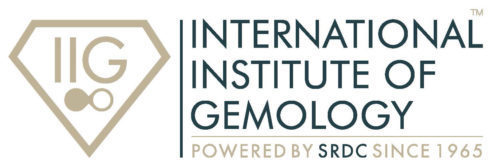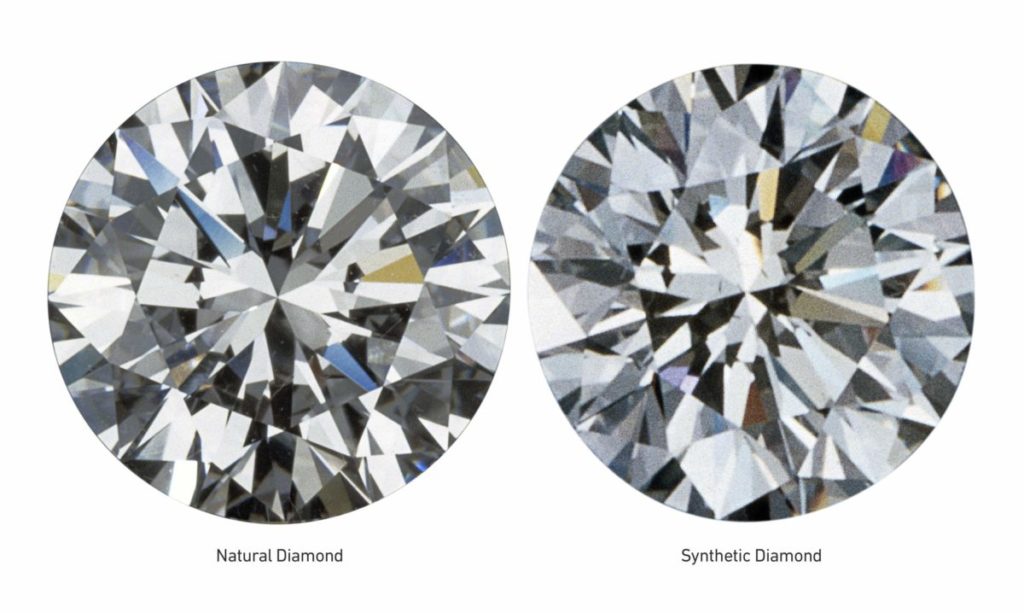Notwithstanding the making process, FTC issues a new guideline that Lab Grown Diamonds are diamonds too and discerns no difference in ‘mined’ or ‘grown’ diamonds. Use of the term ‘Synthetics’, as practised by mining companies and some traders in the diamond industry, to imply that Lab-grown diamonds are not actual diamonds, is also termed as deceptive.
The FTC’s previous definition of a diamond stated: “A diamond is a natural mineral consisting essentially of pure carbon crystallized in the isometric system.” This is no longer applicable, said the commission. The new listing does not include the word “natural.” When the commission first used this definition in 1956, there was only one type of diamond product on the market — natural stones mined from the earth, since then, technological advances have made it possible to create diamonds in a laboratory. These stones have essentially the same optical, physical and chemical properties as mined diamonds. The decision of removing “Natural” from the definition of Diamonds didn’t go well with the Natural Diamond Industry.
The World Federation of Diamond Bourses in its statement expressed its disappointment over the new guidelines. WFDB President Ernie Blom said “ The WFDB was rather disappointed with the revised guidelines as they relate to the issue of descriptors for diamonds. The new guides are not in line with the Diamond Terminology Guidelines as agreed last year and implemented by the WFDB, the International Diamond Council, the International Diamond Manufacturers Association and CIBJO, the World Jewellery Confederation. We worked very hard and for a lengthy period to bring about a unified stand so I believe it made sense for the FTC to really take these into account.”
The natural diamond industry, as well as the industry bodies, are likely to reach out to the FTC in order to get these guidelines modified so that it does not lead to further confusion in the sector. Talking about the confusion it might lead to Gaetano Cavalieri, President of CIBJO said, “I think the FTC guideline for lab-grown diamonds is definitely misleading. We, at CIBJO, are definitely going to ask FTC to take a re-look at the guidelines.”
Lab-grown diamonds might have similar physical properties to natural diamonds, but they certainly are not rare. Also, there is a huge difference in the pricing, as the latter attracts higher prices as compared to their lab-grown counterparts. This may lead to price confusion between these two products in the market as the FTC now puts both products at par.
A portion of the industry feels that for a consumer the guidelines are quite misleading. Rahul Desai, MD, International Institute of Gemology said “I understand that the basis for this decision was for the benefits of the consumer for distinguishing stimulants like cubic zirconia from diamonds. But I am concerned that it will be exploited by man-made diamond marketers, who may feel they can use the term ‘diamond’ without properly qualifying it, which again leads to more consumer confusion and deception, between natural diamonds and lab-made diamonds.”
We hope that in the coming days, the FTC takes a hard look at its guidelines and makes sure that it adds a few clauses that would prevent man-made diamond traders and manufacturers from cheating on their clients and put a price cap on man-made diamonds to ensure that natural diamond manufacturers don’t go on a loss.

